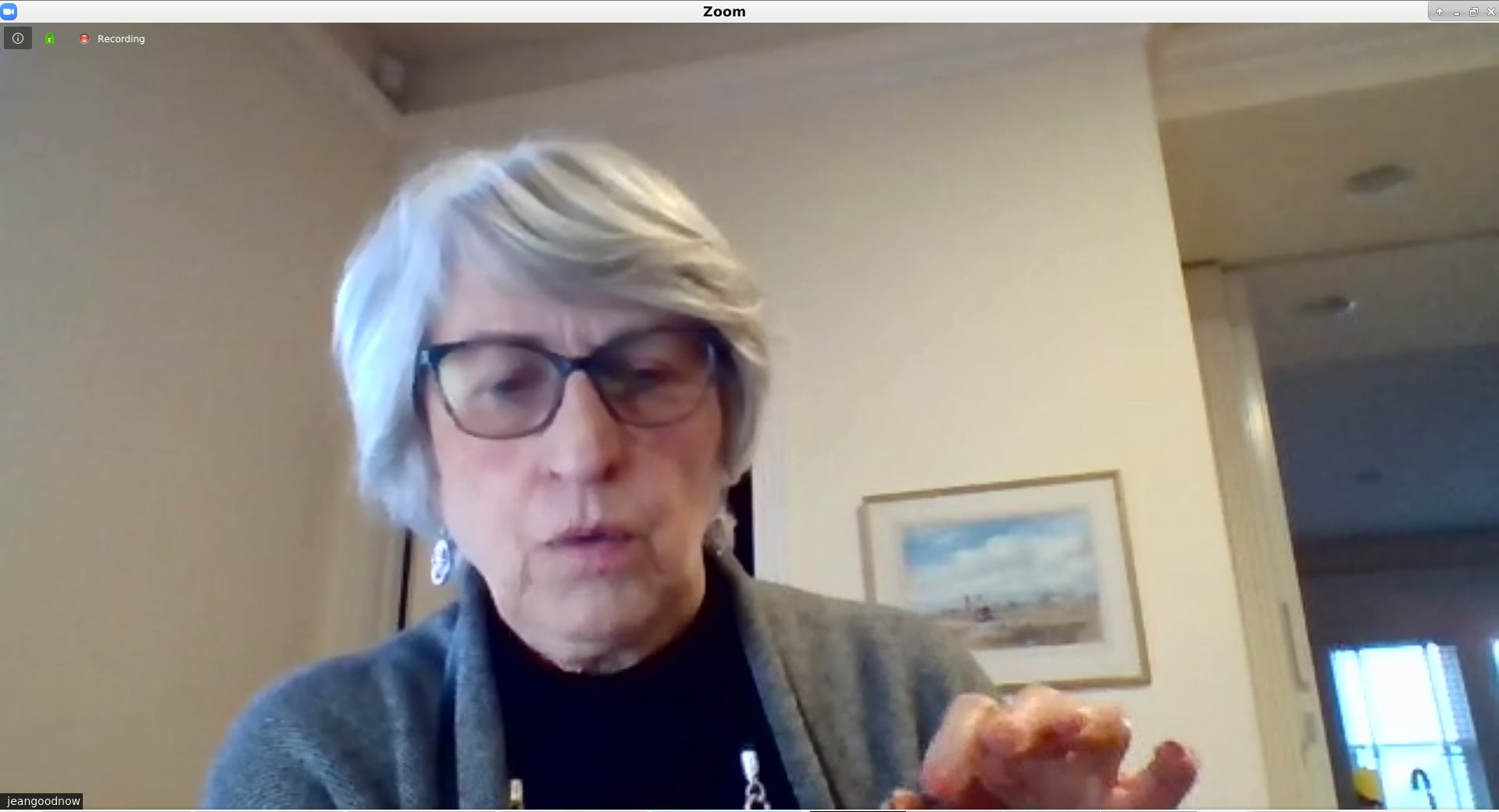By RJ Murphy
“We’re entering an era in which our enemies can make anyone say anything, at any point in time.”
Former President Barack Obama begins his 2018 public address with this statement. He goes on to make inappropriate statements which would shock most viewers. Before the address is over, the screen splits in half revealing Jordan Peele, an American actor, director, writer and producer, on the other screen mouthing the words Obama is speaking.
Despite appearing gravely realistic, the video of Obama is fake. These heavily manipulated videos are known as “deepfakes,” a technology that is a product of machine learning and artificial intelligence.
A research team from the University of California-Berkeley and the University of Southern California developed a digital forensics technique that was able to detect at least 92% of different deepfake content. But as detection techniques develop, manipulation technology grows stronger.

It is important that the public knows how to consume news. Luckily, there are free courses and guides online, like this one from Reuters News Agency, which teaches people how to identify manipulated media.
Deepfake technology began garnering attention for its use in celebrity pornography and Nicolas Cage parodies. Reddit.com, a popular online forum, updated their involuntary pornography and sexual or suggestive content involving minors policy, banning several sub-forums (called subreddits) devoted to deepfakes.
Many users replied, voicing their concerns toward the tech being used in political propaganda. The admin advised users to report the content and downvote the post.
A similar situation arose on Facebook. Facebook vice president Monika Bickert outlined what manipulated media would be allowed. Content will be removed from the website if it’s extremely edited or synthesized in a way that would mislead a lay person or content manipulated using artificial intelligence or machine learning to appear authentic.
Bickert added: “This policy does not extend to content that is parody or satire, or video that has been edited solely to omit or change the order of words.”
This statement was met with controversy.
In response, Bickert wrote: “If we simply removed all manipulated videos flagged by fact-checkers as false, the videos would still be available elsewhere on the internet or social media ecosystem. By leaving them up and labelling them as false, we’re providing people with important information and context.”
We live in an age of information, overflowing with media outlets and sources. Even with advanced tools and expert guidance, it is ultimately up to the individual where they get their content and how they interpret it.


